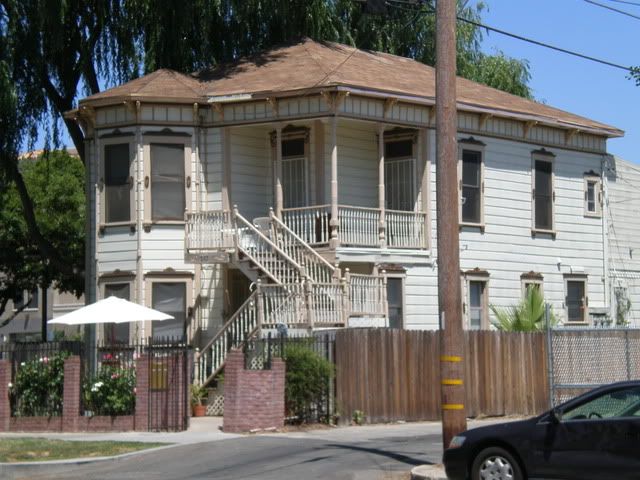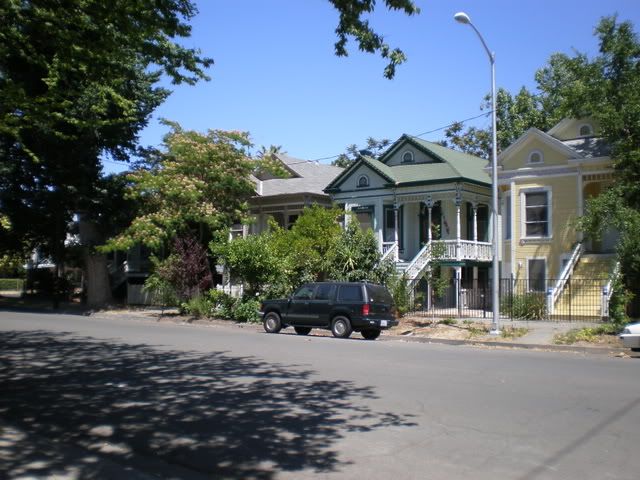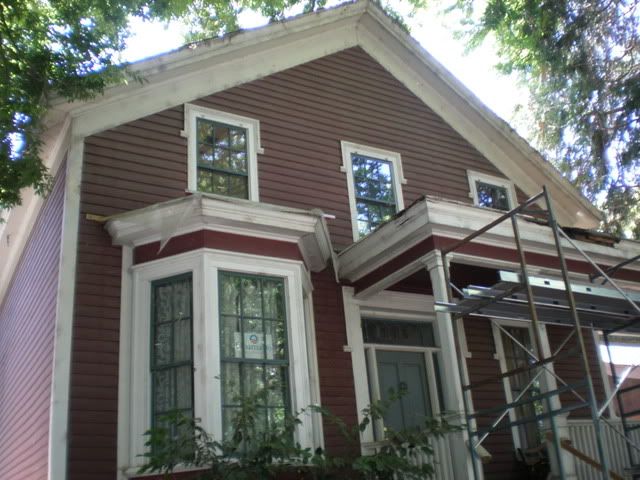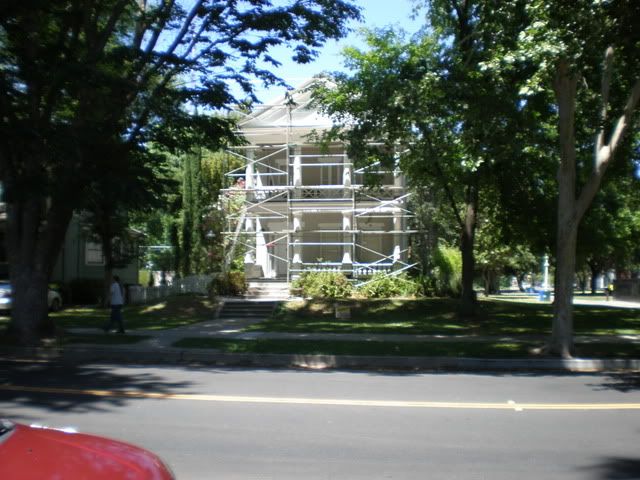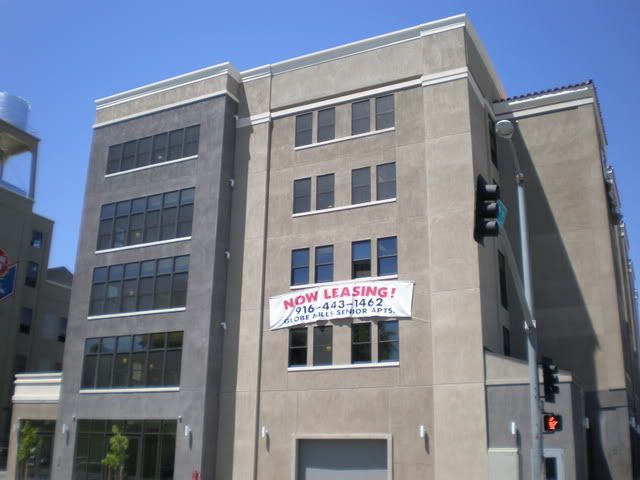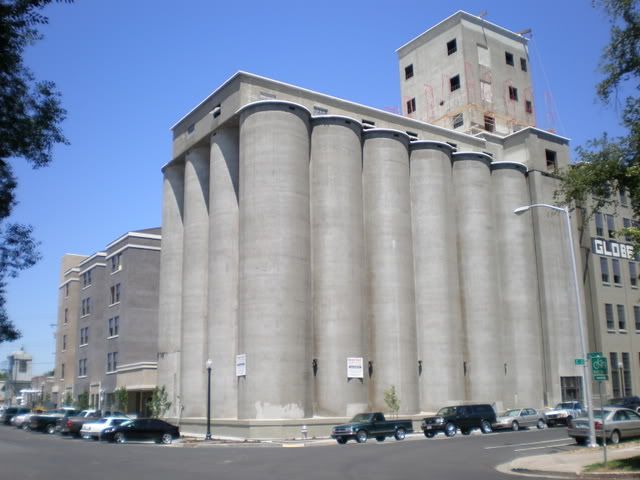
Lately I have been poking through my old issues of Mother Earth News and some of my cheap-living library, gleaning ideas for a class on frugal living for work, as well as inspiration for the ever-present desire to save money at home with fix-it tips and homegrown edibles.
About 10-12 years ago I had a brief interest in backwoods homestead type living, and picked up quite a few old early-1970s issues of Mother Earth News and similar materials from that era. I read quite a bit of it, but ended up deciding against that sort of lifestyle--partially because a friend (Xeney) shared quite a few horror stories about growing up with hippie back-to-the-land parents, and partially because my wife and I, despite our grumpy and independent nature, are pretty much city people.
Over the years, I channeled my interest in self-sufficient lifestyles by doing things like baking bread from scratch (including grinding whole grains) and other low-cost/high-reward eating strategies. I also got interested in backyard gardening. My first couple of attempts were fairly dismal, due to lack of sunshine, but my last house had enough sunshine and a tiny backyard (around 250 square feet,) enough to grow quite a lot of vegetables.
Since i moved to a new place two years ago, I had a fresh palette to work with. Tearing out all the grass from my monstrous 20x40 foot backyard proved to be too much for my social calendar, so instead I planted a few tomatoes and squashes on top of a pile of dirt in the backyard that used to be the front yard before I xeroscaped it. It's fun having a garden to take care of, and hopefully I'll get some nice tomatoes and such as the summer wears on.
So yesterday, this story on urban farming appears in the Bee. Now, urban gardening is nothing new--anyone who followed the story of the Mandella Garden near Fremont Park (and the resulting, albeit smaller, community garden that is there now) knows that. But urban gardening is a traditional city activity, especially during rough economic times.
City neighborhoods occupied by working-class folks often become the site of urban gardens. Immigrants from farming backgrounds carried their knowledge and lifeways with them, and industrious families used their backyards as tiny farms to supplement their paychecks by lowering the food bill or even offering goods to trade or sell. If you wander through the alleys of Southside Park, quite a few homes still have backyards entirely turned over to gardens. During World War II, the United States government encouraged Americans to turn their yards into "victory gardens" to supplement large-scale crops, save gasoline, and help stretch ration cards.
Sometimes, backyards garden were for drinking as much as eating: my old friend Jack Davis told me stories about growing up in the neighborhood around the Newton Booth school in the 1930s. At the time, the neighborhood was mostly occupied by Italians and Slavs, many of whom grew grapes in their backyard to make homemade wine. In the fall, the whole neighborhood would stink of rotting grape skins!
Backyard (and front-yard) gardening fell out of favor in the 1950s, and city ordinances were enacted to discourage city farmers from growing crops on the front lawn. Fortunately, that ordinance was ejected last year, much to the delight of contemporary urban farmers.
Which brings me back to the present day. Part of why city residents were so eager to run to the suburbs (and why 1970s "Mother Earth News" readers were so eager to run to the rural backwoods) was because cities were perceived as unhealthy, dangerous, polluted places where people ate plastic food and had no connection with nature.
Urban farming--past, present, and future--provides a chunk of the solution. It connects the urban resident with a little chunk of the natural world, every vegetable grown in a city backyard is one that doesn't have to be trucked in from elsewhere, and they taste good. And it's just one of a baker's dozen other strategies for cities that are liveable, sustainable, preservable, walkable, and lots of other "ables..." including "vegetable."
